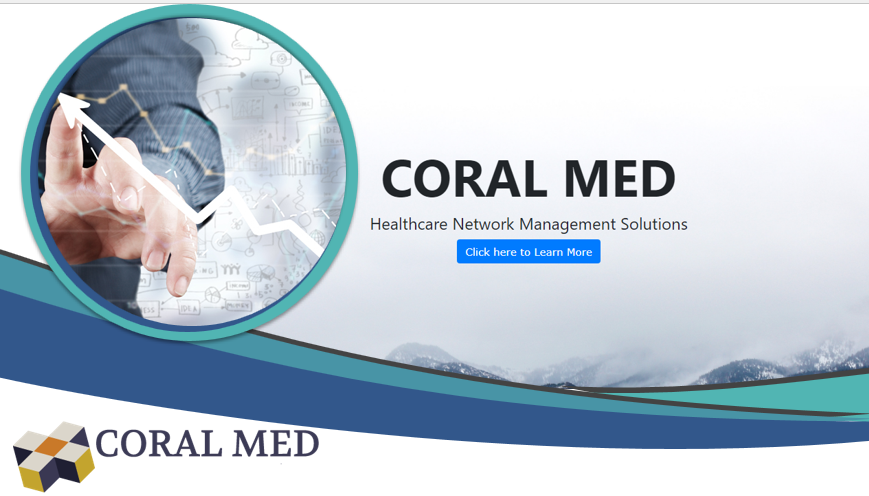Description
This unit, "Contract Structure and Key Terms," aims to provide learners with a practical understanding of the foundational structure and terminology within healthcare payer-provider contracts. It covers key sections such as definitions, scope of services, fee schedules, reimbursement clauses, audit rights, and dispute resolution mechanisms. Special attention is given to interpreting critical terms like "allowed amount," "clean claims," "medical necessity," and "termination clause." The unit also explores the strategic implications of contract elements like performance metrics and clean claim obligations, and how each clause contributes to overall contract performance, legal defensibility, and operational efficiency through the analysis of annotated contracts.
1. Describe the standard structure of a payer-provider contract.
2. Identify and define key contract terms.
3. Explain the function of reimbursement rate clauses and fee schedules.
4. Interpret performance metrics, audit, and dispute resolution in a contract.
5. Recognize medical necessity definitions and their role in contract compliance.
6. Applying Knowledge of Contract Elements.
By the end of this unit, learners will be able to:
1. Interpret and summarize contract sections with confidence.
2. Recognize how contract language affects billing, claims processing, and reimbursement.
3. Identify compliance risks associated with ambiguous or unfavorable contract terms.
4. Relate contract clauses to operational workflow and revenue cycle management (RCM) best practices.
5. Contribute to payer negotiations and contract management discussions with informed insights.
Basic understanding of healthcare operations or revenue cycle processes
Early-Career Professionals entering healthcare management, Revenue Cycle and Billing Professionals, Healthcare Administrators and Finance Officers, Compliance Officers and Legal Analysts, and Payer Relations Specialists and Managed Care Coordinators.



